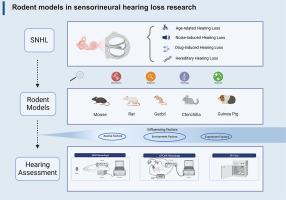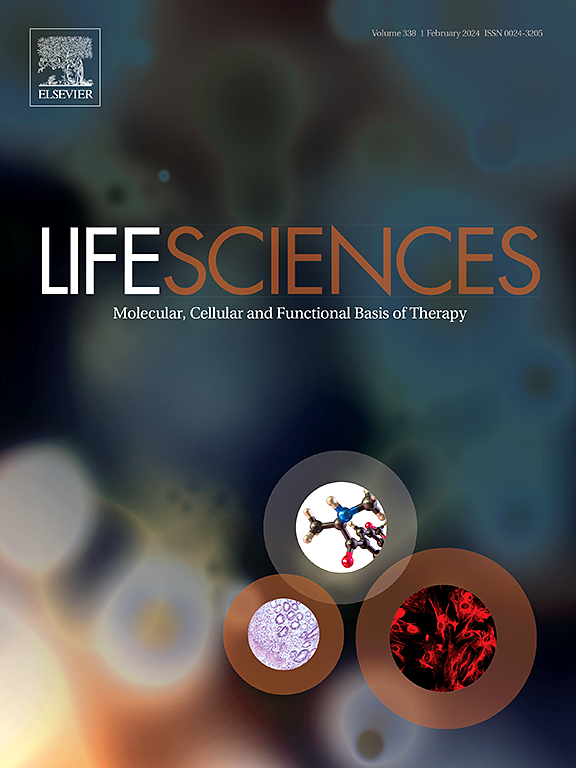Rodent models in sensorineural hearing loss research: A comprehensive review
IF 5.1
2区 医学
Q1 MEDICINE, RESEARCH & EXPERIMENTAL
引用次数: 0
Abstract
Sensorineural hearing loss (SNHL) constitutes a major global health challenge, affecting millions of individuals and substantially impairing social integration and quality of life. The complexity of the auditory system and the multifaceted nature of SNHL necessitate advanced methodologies to understand its etiology, progression, and potential therapeutic interventions. This review provides a comprehensive overview of the current animal models used in SNHL research, focusing on their selection based on specific characteristics and their contributions to elucidating pathophysiological mechanisms and evaluating novel treatment strategies. It discusses the most commonly used rodent models in hearing research, including mice, rats, guinea pigs, Mongolian gerbils, and chinchillas. Through a comparative analysis, this review underscores the importance of selecting models that align with specific research objectives in SNHL studies, discussing the advantages and limitations of each model. By advocating for a multidisciplinary approach that leverages the strengths of various animal models with technological advancements, this review aims to facilitate significant advancements in the prevention, diagnosis, and treatment of sensorineural hearing loss.

感音神经性听力损失研究中的啮齿动物模型:全面回顾。
感音神经性听力损失(SNHL)是一项重大的全球性健康挑战,影响着数百万人,严重损害了社会融合和生活质量。由于听觉系统的复杂性和 SNHL 的多面性,有必要采用先进的方法来了解其病因、发展和潜在的治疗干预措施。本综述全面概述了目前用于 SNHL 研究的动物模型,重点介绍了根据具体特征选择的动物模型及其对阐明病理生理机制和评估新型治疗策略的贡献。报告讨论了听力研究中最常用的啮齿动物模型,包括小鼠、大鼠、豚鼠、蒙古沙鼠和龙猫。通过比较分析,本综述强调了选择符合 SNHL 研究特定研究目标的模型的重要性,并讨论了每种模型的优势和局限性。本综述主张采用多学科方法,充分利用各种动物模型的优势和技术进步,旨在促进感音神经性听力损失的预防、诊断和治疗取得重大进展。
本文章由计算机程序翻译,如有差异,请以英文原文为准。
求助全文
约1分钟内获得全文
求助全文
来源期刊

Life sciences
医学-药学
CiteScore
12.20
自引率
1.60%
发文量
841
审稿时长
6 months
期刊介绍:
Life Sciences is an international journal publishing articles that emphasize the molecular, cellular, and functional basis of therapy. The journal emphasizes the understanding of mechanism that is relevant to all aspects of human disease and translation to patients. All articles are rigorously reviewed.
The Journal favors publication of full-length papers where modern scientific technologies are used to explain molecular, cellular and physiological mechanisms. Articles that merely report observations are rarely accepted. Recommendations from the Declaration of Helsinki or NIH guidelines for care and use of laboratory animals must be adhered to. Articles should be written at a level accessible to readers who are non-specialists in the topic of the article themselves, but who are interested in the research. The Journal welcomes reviews on topics of wide interest to investigators in the life sciences. We particularly encourage submission of brief, focused reviews containing high-quality artwork and require the use of mechanistic summary diagrams.
 求助内容:
求助内容: 应助结果提醒方式:
应助结果提醒方式:


